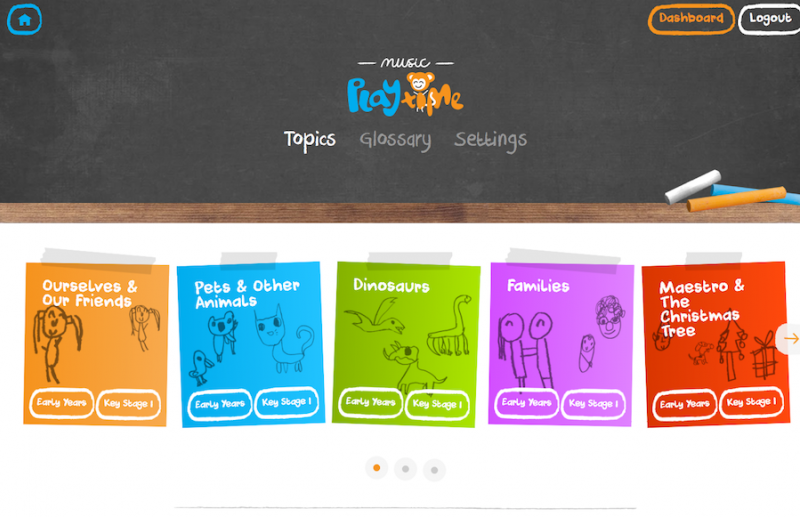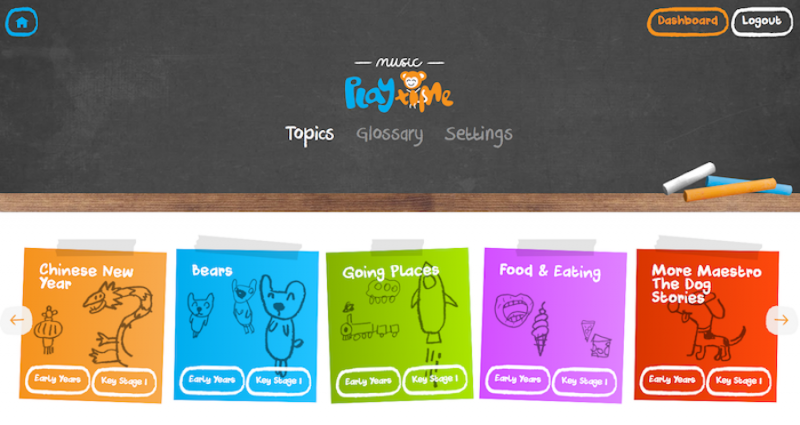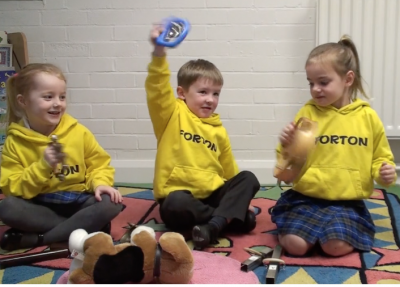What music activities for young children are in Music Playtime?
There are fifteen units at Early Years/Reception level and fifteen units at Key Stage 1 level. Every unit contains sufficient material for a whole series of lessons:
- music games
- skills-based activities
- creative ideas for using classroom instruments and making up music
- music recordings and ideas for active listening and movement
- well-loved and new songs with optional backing tracks
- cross-curricular activities.
There are activities for whole classes, small groups or individuals, with suggestions at Key Stage 1 for beginning to use technology.
You and your children will love the Music Playtime topics! Here they are:




The topic units contain sufficient material for a whole series of lessons, with a balance of music games, skills-based activities, creative ideas for using classroom instruments and making up music, music for active listening and movement, well-loved and new songs, and cross-curricular activities. There are activities for whole classes, small groups or individuals, with suggestions at Key Stage 1 for beginning to use technology.
Maestro the Music Dog is Here!
Maestro the Music Dog is one of my helpers in teaching young children - they all love him and he joins in with songs, games and stories. Here is one of the stories that you'll find in the unit all about Maestro - log in to access the songs and activities based on the story.
Please respect copyright - the Maestro stories are owned by ©E-MusicMaestroPublishing Limited. They are unique to Music-Playtime and may not be copied.
What is NOT here!
You will not find songs here that children can't sing. The songs are demonstrated by a child, not by an adult. The song accompaniments are deliberately simple because children learn more securely when they are not distracted by complex arrangements. In fact, children learn to sing in tune better when unaccompanied. I rarely use accompaniments when I'm teaching children because singing unaccompanied is easier and more spontaneous. Magical times like the one in the video below don't happen if everyone is constrained by waiting for the accompaniment to be found!
Whaaat?! No note-reading?! Music Playtime lays the foundations for notation reading by helping you to teach children to associate symbols with sounds but formal notation reading is not appropriate in class music for little children. Graphic notation is held by OFSTED, at this stage, to be valid as an age-appropriate introduction to relating sound to symbol. I believe that all children should have the opportunity to learn to read music alongside learning to play an instrument but music notation without learning an instrument (or voice) is like learning to decipher words while never reading a book.
